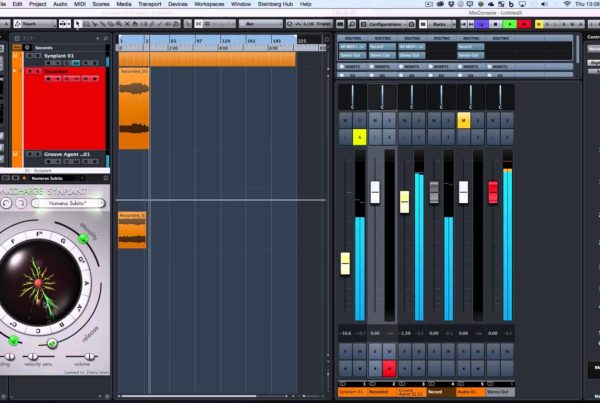Professional mixing is more of an art than a skill, and there are several mistakes that amateurs make that highlight this fact. A lack of contrast and lack of focal point fails to create attention grabbing phrases and doesn’t give the listener an area to pick up on. Also, noisy mixes are a definite trademark of an amateur who fails to notice superfluous parts of a track.
Recommended Read:
In The Studio: Defining Characteristics Of Great Vs Amateur Mixes





